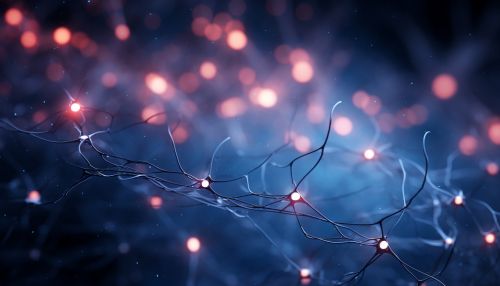Neural Networks in the Human Brain
Introduction
The human brain, a complex organ with numerous functions, is home to a vast network of neurons. These neurons, interconnected in a web-like structure, form what is known as a neural network. Neural networks in the human brain are responsible for processing and transmitting information, enabling us to think, learn, perceive, and remember.


Structure of Neural Networks
Neural networks in the human brain are composed of billions of neurons or nerve cells. Each neuron is connected to others through a complex network of synapses, which serve as the points of communication between neurons. The structure of these networks is intricate and dynamic, constantly changing and adapting in response to new experiences and learning.
Neurons
Neurons are the fundamental units of the brain and nervous system, the cells responsible for receiving sensory input from the external world, sending motor commands to our muscles, and transforming and relaying the electrical signals at every step in between. They are specialized cells designed to transmit information throughout the body.
Synapses
Synapses are the functional connections between neurons. They allow the neurons in the brain to form circuits, or neural networks. The synapse consists of a presynaptic ending that contains neurotransmitters, mitochondria and other cell organelles, a postsynaptic ending that contains receptor sites for the neurotransmitters, and a synaptic cleft or space between the presynaptic and postsynaptic endings.
Function of Neural Networks
Neural networks in the human brain are involved in every aspect of our cognitive functions. They play a crucial role in sensory perception, motor commands, spatial reasoning, conscious thought, and memory.
Sensory Perception
Neural networks are involved in processing sensory information from our five senses: sight, hearing, touch, taste, and smell. The sensory information is transmitted through neurons to the brain, where it is processed and interpreted.
Motor Commands
Motor commands originate in the brain and are transmitted through neural networks to the muscles. This allows us to perform voluntary movements, such as walking or picking up an object.
Spatial Reasoning
Spatial reasoning, the ability to understand and manipulate spatial relationships, is a function of neural networks in the brain. This cognitive ability is crucial for navigating through space and interacting with our environment.
Conscious Thought and Memory
Conscious thought and memory are also functions of neural networks. The networks of neurons in the brain are responsible for our ability to think, reason, and remember.
Neural Plasticity
Neural plasticity, or neuroplasticity, is the ability of neural networks in the brain to change through growth and reorganization. These changes range from individual neuron pathways making new connections, to systematic adjustments like cortical remapping. Neural plasticity allows the neurons in the brain to compensate for injury and disease and to adjust their activities in response to new situations or to changes in their environment.
Conclusion
Neural networks in the human brain are complex and dynamic systems that play a crucial role in our cognitive functions. They are involved in everything from sensory perception and motor commands to conscious thought and memory. The ability of these networks to change and adapt, known as neural plasticity, is a fundamental aspect of their function.
